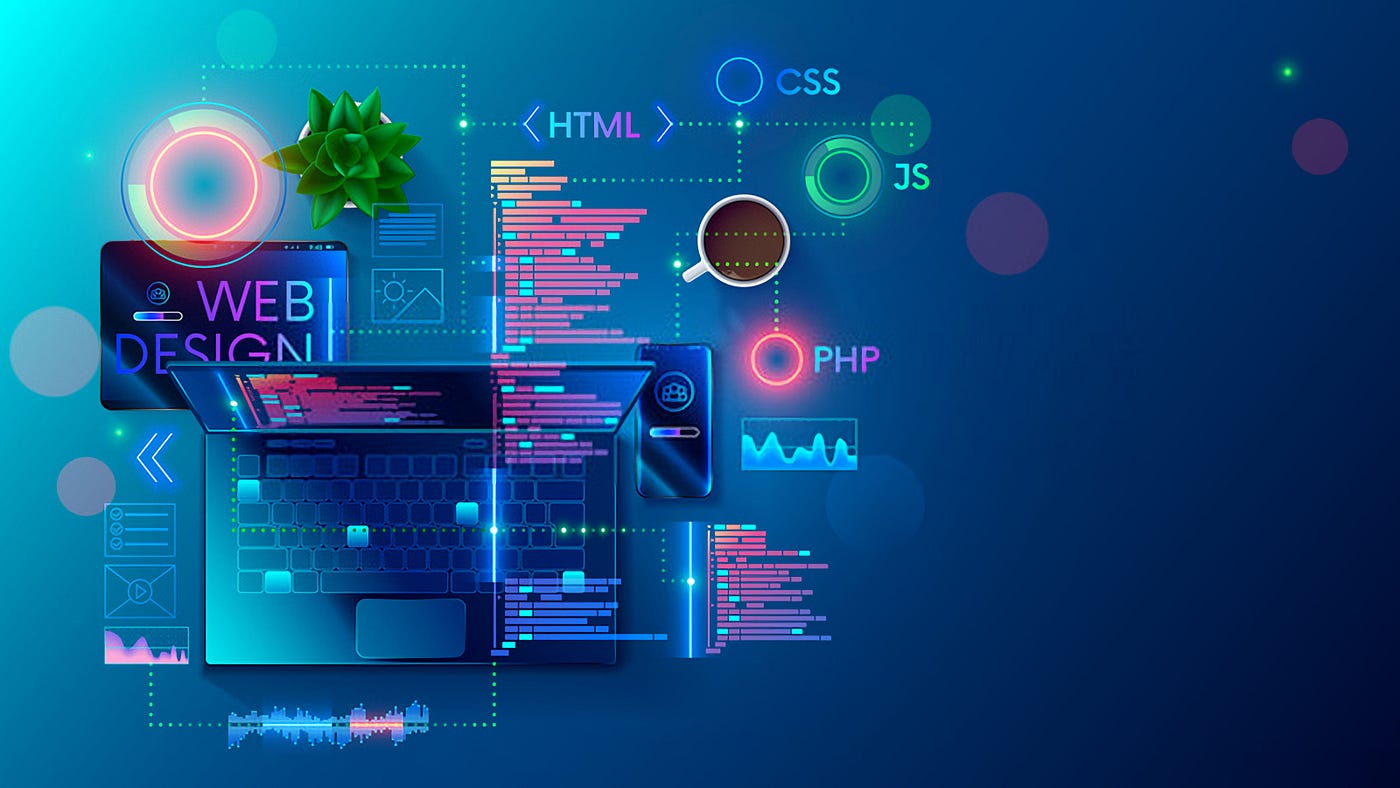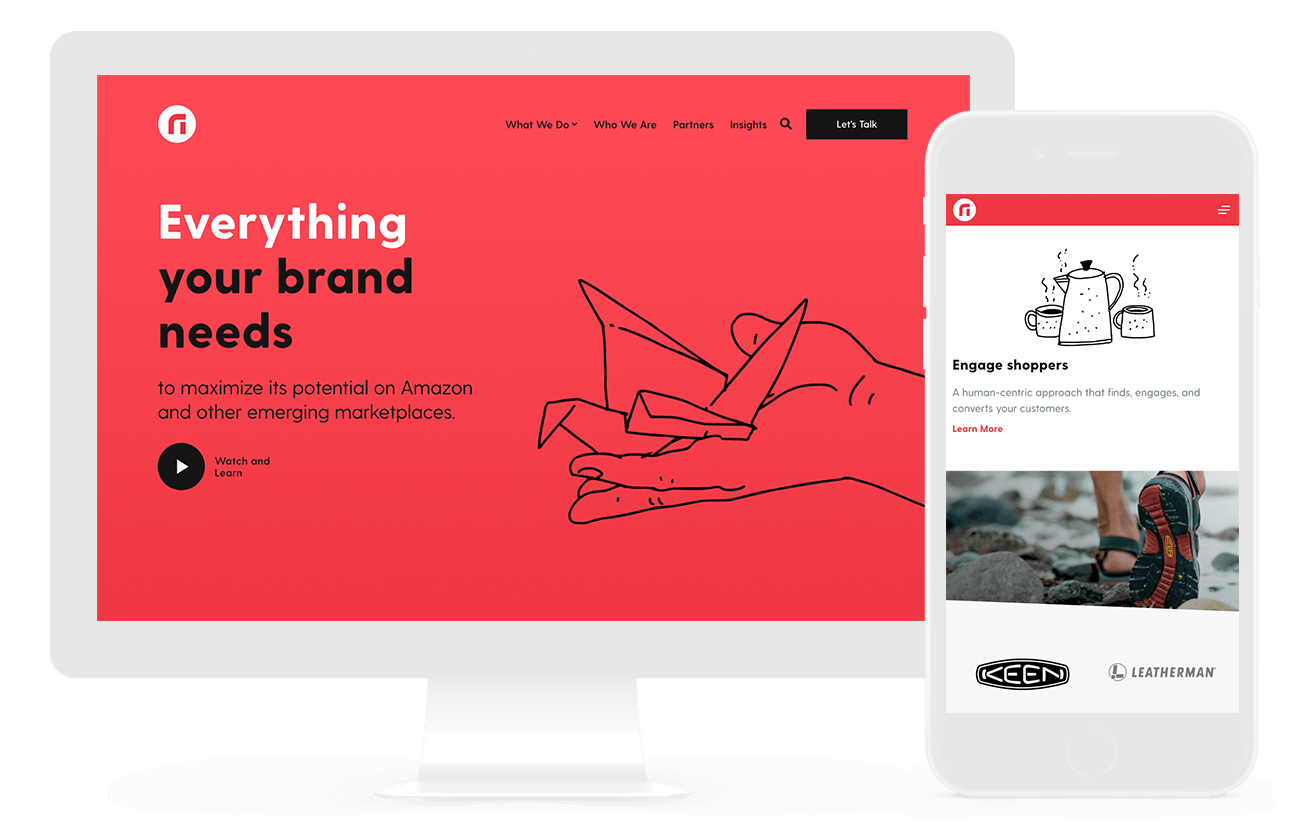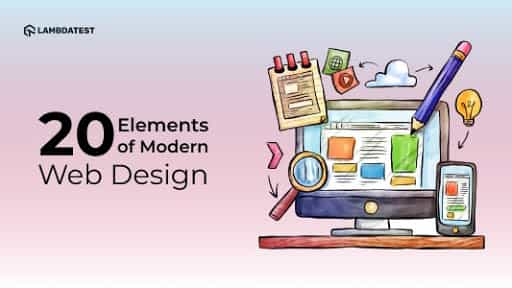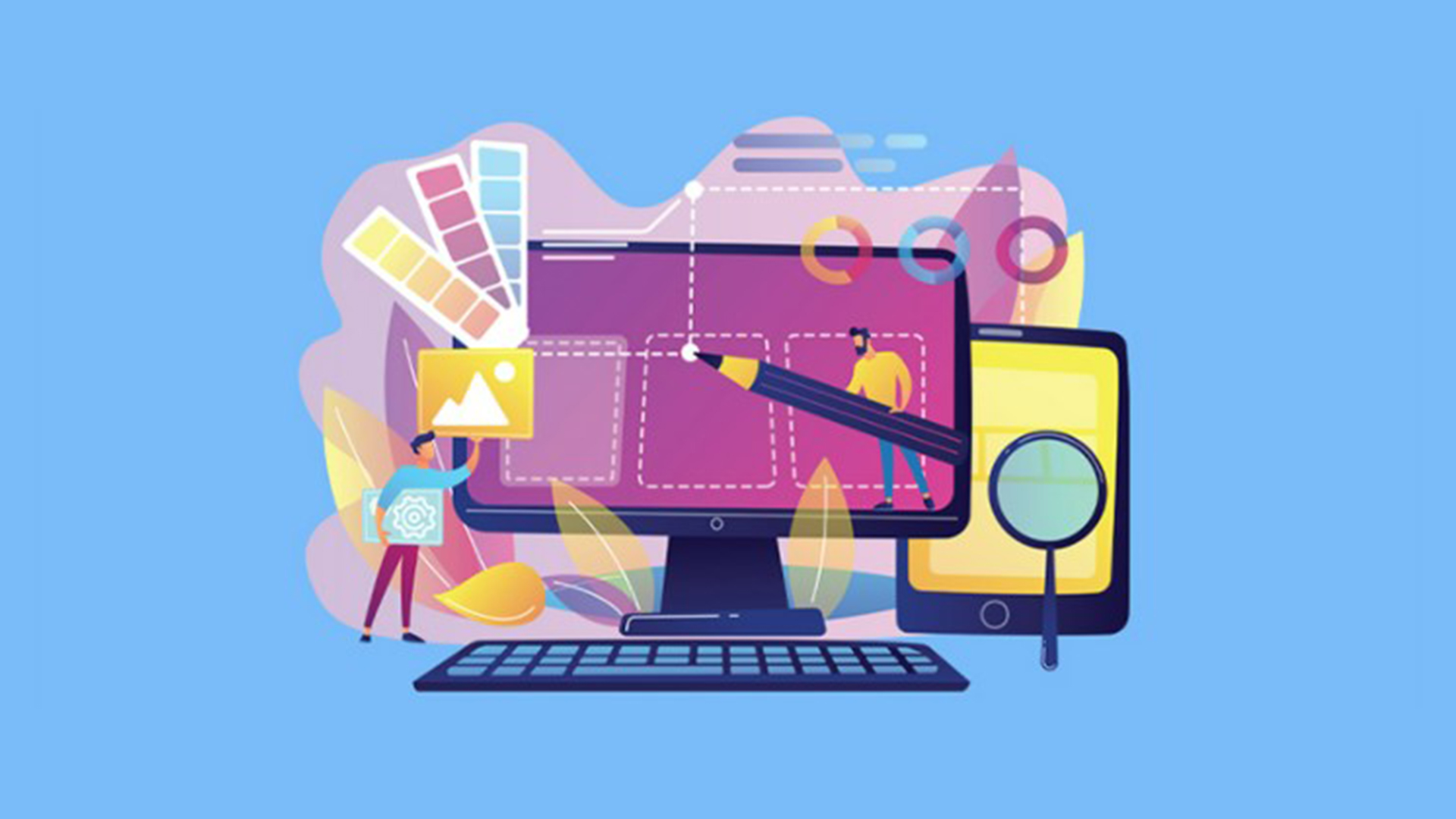All Categories
Featured
Table of Contents
- – Web Design - Wikipedia Tips and Tricks:
- – Top 30 Web Design Companies - Apr 2022 - Desi...
- – Web Developers And Digital Designers - Bureau...
- – Web Design Studio & Digital Marketing Agency ...
- – Web Design Tools & Software - Webflow Tips an...
- – Ciw Web Design Series Tips and Tricks:
- – Design Principles - U.s. Web Design System (...
- – Web Design Projects - Behance Tips and Tricks:
- – Siteinspire - Web Design Inspiration Tips an...
- – Web Design And Applications - W3c Tips and T...
- – Web Design Projects - Behance Tips and Tricks:
Web Design - Wikipedia Tips and Tricks:
Quick summary Usability and the utility, not the visual style, determine the success or failure of a website. Given that the visitor of the page is the only individual who clicks the mouse and for that reason decides everything, user-centric style has established as a standard approach for successful and profit-oriented web style - web design frederick md.
and the utility, not the visual style, determine the success or failure of a site. Since the visitor of the page is the only individual who clicks the mouse and therefore chooses everything, user-centric style has actually become a standard approach for successful and profit-oriented web style. After all, if users can't use a feature, it might too not exist.
g. where the search box should be placed) as it has actually already been performed in a variety of articles; instead we focus on the methods which, used appropriately, can result in more sophisticated design choices and streamline the process of viewing presented info. Please notice that you might be thinking about the usability-related posts we have actually published before: Principles Of Good Site Style And Efficient Website Design Guidelines, In order to use the principles correctly we initially require to understand how users engage with sites, how they think and what are the standard patterns of users' habits.
Top 30 Web Design Companies - Apr 2022 - Designrush Tips and Tricks:
Visitors look at each new page, scan a few of the text, and click the very first link that catches their interest or slightly looks like the important things they're looking for. In truth, there are large parts of the page they don't even take a look at. Many users browse for something fascinating (or helpful) and clickable; as quickly as some appealing prospects are discovered, users click.
If a page provides users with premium material, they are prepared to compromise the content with ads and the design of the site. This is the reason not-that-well-designed sites with high-quality content gain a great deal of traffic over years. Content is more vital than the design which supports it.

Users don't read, they scan. Notice how "hot" areas abrupt in the middle of sentences. This is normal for the scanning process. Very easy principle: If a site isn't able to meet users' expectations, then designer failed to get his task done appropriately and the business loses cash. The higher is the cognitive load and the less user-friendly is the navigation, the more prepared are users to leave the site and search for options.
Web Developers And Digital Designers - Bureau Of Labor ... Tips and Tricks:
Neither do they scan website in a linear style, going sequentially from one website section to another one. Rather users satisfice; they select the first sensible alternative. As quickly as they discover a link that looks like it might lead to the goal, there is an excellent opportunity that it will be immediately clicked.
It does not matter to us if we understand how things work, as long as we can use them. If your audience is going to act like you're designing signboard, then design fantastic signboards." Users wish to be able to manage their web browser and count on the consistent information discussion throughout the site.
If the navigation and website architecture aren't intuitive, the variety of enigma grows and makes it harder for users to comprehend how the system works and how to get from point A to point B. A clear structure, moderate visual hints and easily identifiable links can assist users to discover their course to their objective.
Web Design Studio & Digital Marketing Agency • Gravitate Tips and Tricks:

claims to be "beyond channels, beyond products, beyond circulation". What does it imply? Considering that users tend to check out sites according to the "F"-pattern, these 3 statements would be the very first aspects users will see on the page once it is loaded. The design itself is simple and instinctive, to understand what the page is about the user requires to browse for the response.
As soon as you have actually attained this, you can interact why the system is useful and how users can benefit from it. People will not use your web site if they can't find their way around it. 2. Do Not Waste Users' Perseverance, In every project when you are going to offer your visitors some service or tool, try to keep your user requirements very little.
Newbie visitors want to, not filling long web types for an account they may never ever use in the future. Let users check out the website and find your services without forcing them into sharing private data. It's not sensible to require users to go into an e-mail address to evaluate the function.
Web Design Tools & Software - Webflow Tips and Tricks:
Stikkit is a perfect example for an user-friendly service which requires nearly absolutely nothing from the visitor which is unobtrusive and soothing. And that's what you desire your users to feel on your website. Obviously, Mite needs more. The registration can be done in less than 30 seconds as the form has horizontal orientation, the user does not even need to scroll the page.
A user registration alone is enough of an impediment to user navigation to reduce incoming traffic. 3. Manage To Focus Users' Attention, As sites provide both static and dynamic content, some elements of the interface attract attention more than others do. Clearly, images are more attractive than the text simply as the sentences marked as vibrant are more appealing than plain text.
Focusing users' attention to particular locations of the website with a moderate use of visual elements can assist your visitors to obtain from point A to point B without thinking of how it really is expected to be done. The less question marks visitors have, the they have and the more trust they can establish towards the company the website represents.
Ciw Web Design Series Tips and Tricks:
Strive For Feature Direct exposure, Modern web styles are generally slammed due to their approach of guiding users with aesthetically appealing 1-2-3-done-steps, big buttons with visual results etc. From the design perspective these elements really aren't a bad thing.
The website has 9 main navigation options which are noticeable at the first look. What matters is that the content is well-understood and visitors feel comfortable with the method they communicate with the system.
Rather a price: just what visitors are looking for. An ideal solution for reliable writing is touse short and succinct expressions (come to the point as rapidly as possible), use scannable design (classify the content, use multiple heading levels, use visual components and bulleted lists which break the flow of uniform text blocks), usage plain and objective language (a promotion doesn't need to sound like advertisement; give your users some affordable and unbiased reason why they need to utilize your service or remain on your site)6.
Design Principles - U.s. Web Design System (Uswds) Tips and Tricks:
Users are seldom on a website to take pleasure in the style; moreover, in many cases they are searching for the info in spite of the design - web design frederick md. Make every effort for simpleness rather of complexity. From the visitors' viewpoint, the best site style is a pure text, without any ads or additional material obstructs matching precisely the query visitors used or the material they have actually been searching for.
Finch clearly provides the info about the website and offers visitors a choice of alternatives without overcrowding them with unnecessary material. 7. Don't Be Afraid Of The White Area, In fact it's actually difficult to overstate the value of white space. Not just does it assist to for the visitors, but it makes it possible to view the details presented on the screen.
Complex structures are more difficult to check out, scan, examine and deal with. If you have the choice between separating two design sections by a noticeable line or by some whitespace, it's usually much better to utilize the whitespace service. (Simon's Law): the better you handle to supply users with a sense of visual hierarchy, the easier your material will be to perceive.
Web Design Projects - Behance Tips and Tricks:
The very same conventions and guidelines ought to be applied to all elements.: do the most with the least quantity of cues and visual aspects. Clearness: all parts should be developed so their significance is not unclear.
Conventions Are Our Buddies, Traditional style of site aspects does not result in an uninteresting website. In fact, as they reduce the learning curve, the requirement to determine how things work. For circumstances, it would be a functionality headache if all websites had different visual presentation of RSS-feeds. That's not that various from our routine life where we tend to get utilized to basic principles of how we arrange information (folders) or do shopping (positioning of items).
comprehend what they're expecting from a website navigation, text structure, search placement etc. A common example from use sessions is to translate the page in Japanese (presuming your web users don't know Japanese, e. g. with Babelfish) and provide your use testers with a task to discover something in the page of different language.
Siteinspire - Web Design Inspiration Tips and Tricks:
Test Early, Test Typically, This so-called TETO-principle ought to be used to every web design job as use tests frequently provide into significant problems and concerns related to an offered layout. Test not too late, not too little and not for the incorrect reasons.
Some important points to keep in mind: according to Steve Krug, and testing one user early in the project is better than testing 50 near the end. Accoring to Boehm's very first law, errors are most frequent throughout requirements and design activities and are the more expensive the later they are removed.
That suggests that you design something, test it, repair it and after that test it once again. There may be issues which have not been found throughout the first round as users were virtually blocked by other issues. usability tests. Either you'll be indicated the issues you have or you'll be pointed to the absence of major style flaws which remains in both cases a helpful insight for your task.
Web Design And Applications - W3c Tips and Tricks:

This holds for designers as well. After you've dealt with a site for couple of weeks, you can't observe it from a fresh perspective anymore. You know how it is developed and therefore you know precisely how it works you have the knowledge independent testers and visitors of your site would not have.
It can be connected to other locations such as graphic style, user experience, and multimedia arts, but is more aptly seen from a technological perspective. It has actually ended up being a big part of individuals's everyday lives. It is hard to envision the Internet without animated graphics, different designs of typography, background, videos and music.

During 1991 to 1993 the World Wide Web was born. Text-only pages might be viewed using a simple line-mode internet browser. There had been no integrated method to graphic style aspects such as images or noises.
Web Design Projects - Behance Tips and Tricks:
The W3C was developed in October 1994 to "lead the World Wide Web to its complete potential by establishing typical protocols that promote its advancement and guarantee its interoperability." This dissuaded any one business from monopolizing a propriety web browser and programs language, which could have changed the impact of the Internet as a whole.
As this has happened the innovation of the web has actually likewise moved on. There have actually likewise been substantial modifications in the way people use and access the web, and this has actually changed how websites are designed.
Learn more about Lovell Media Group LLC or TrainACETable of Contents
- – Web Design - Wikipedia Tips and Tricks:
- – Top 30 Web Design Companies - Apr 2022 - Desi...
- – Web Developers And Digital Designers - Bureau...
- – Web Design Studio & Digital Marketing Agency ...
- – Web Design Tools & Software - Webflow Tips an...
- – Ciw Web Design Series Tips and Tricks:
- – Design Principles - U.s. Web Design System (...
- – Web Design Projects - Behance Tips and Tricks:
- – Siteinspire - Web Design Inspiration Tips an...
- – Web Design And Applications - W3c Tips and T...
- – Web Design Projects - Behance Tips and Tricks:
Latest Posts
Figma: The Collaborative Interface Design Tool. Tips and Tricks:
Web Design - The First 100 Years - Idle Words Tips and Tricks:
Web Design Certificate - Web Development Certificate Program Tips and Tricks:
More
Latest Posts
Figma: The Collaborative Interface Design Tool. Tips and Tricks:
Web Design - The First 100 Years - Idle Words Tips and Tricks:
Web Design Certificate - Web Development Certificate Program Tips and Tricks: